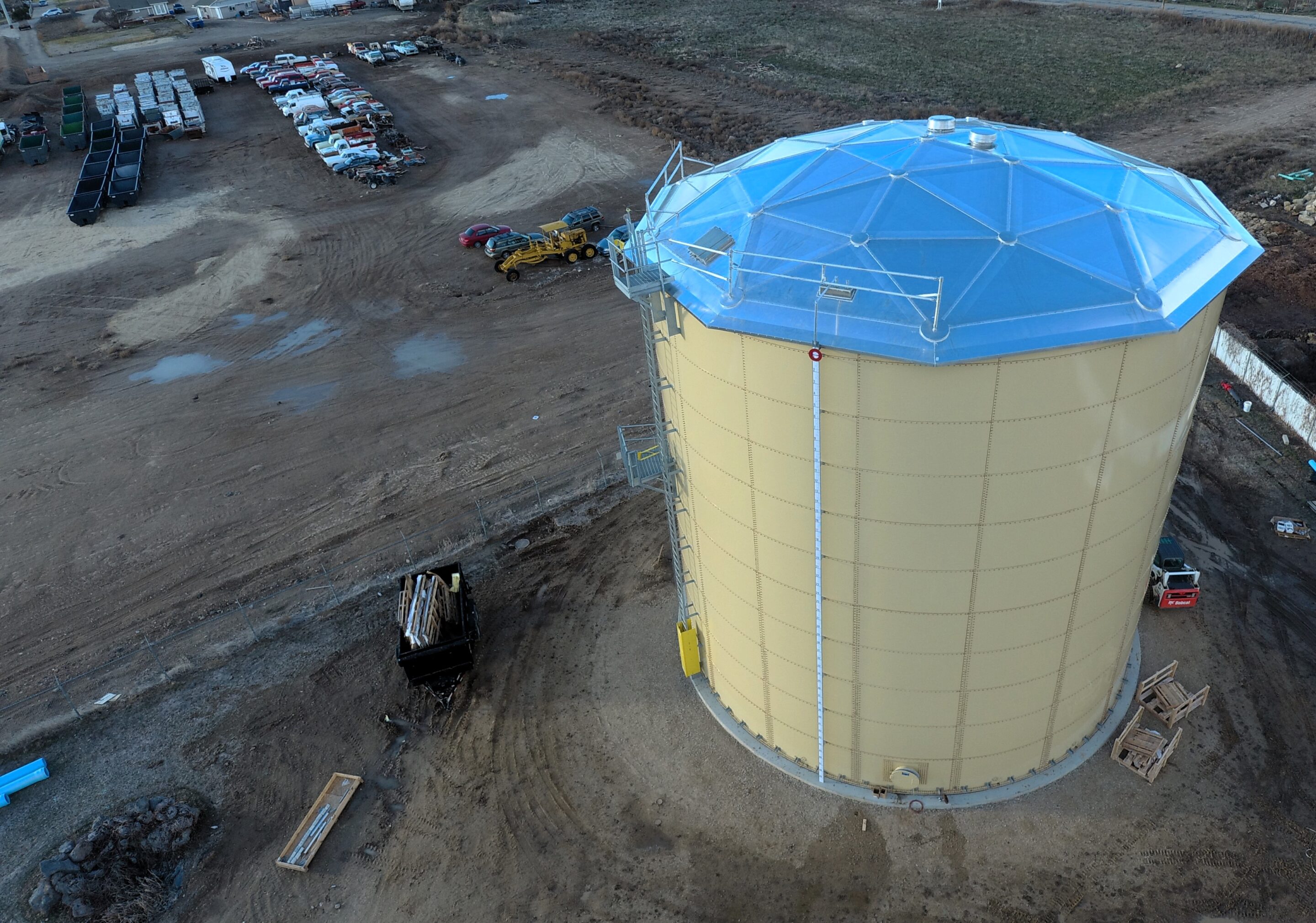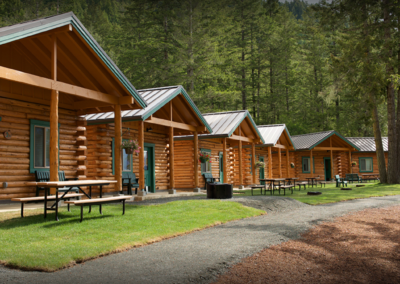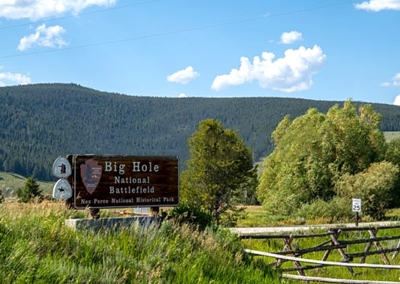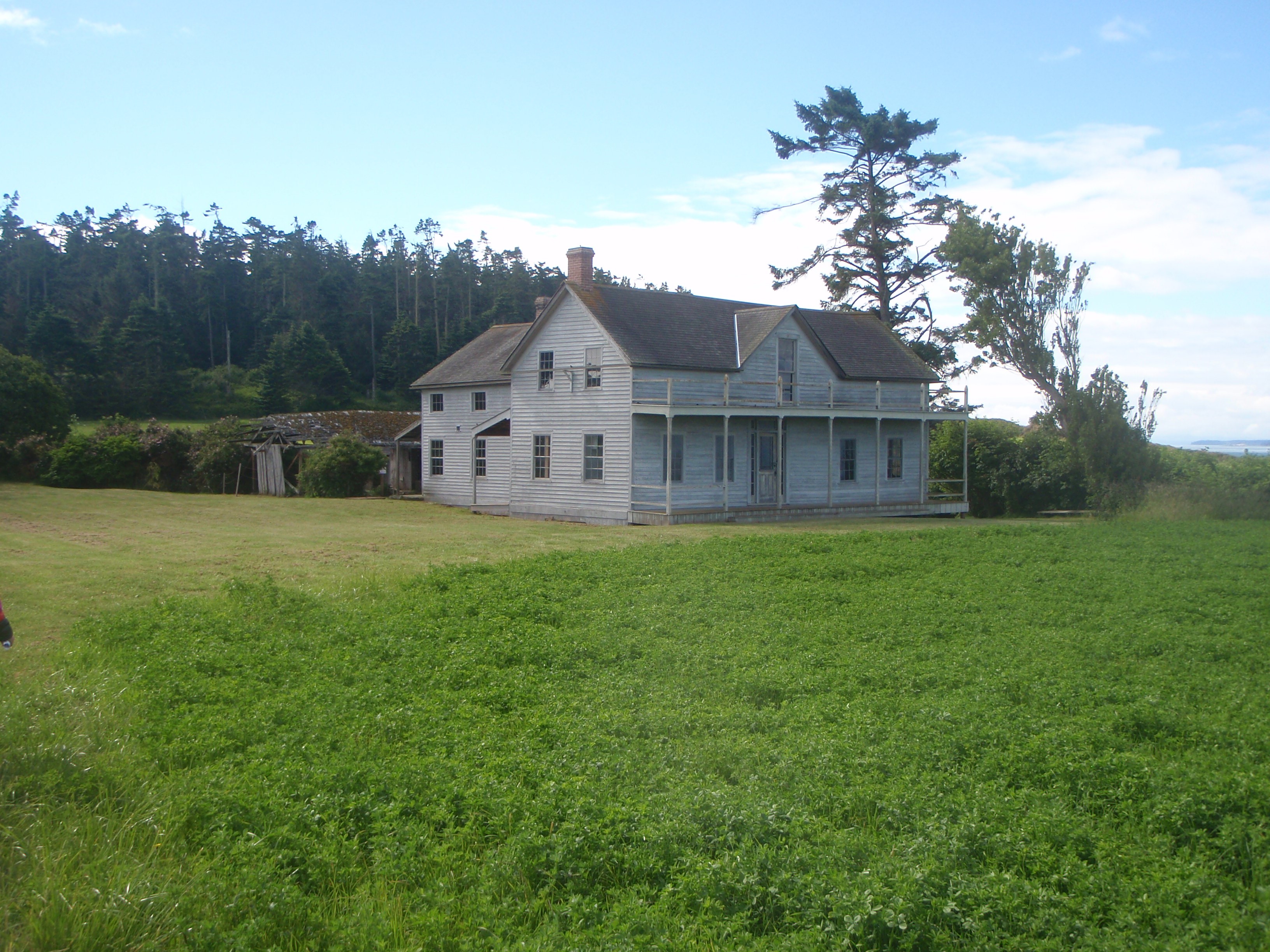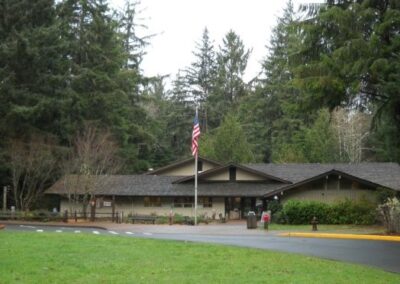Aluminum Design
Structural Aluminum Design
HECO Engineers provides cutting-edge solutions in structural aluminum design, leveraging aluminum’s unique combination of strength, flexibility, and sustainability. As one of the most versatile construction materials, aluminum enables structures that are both robust and lightweight, meeting the demands of modern, sustainable engineering.
Benefits of Aluminum in Structural Engineering
Aluminum offers several core advantages over traditional materials like steel or concrete. Its high strength-to-weight ratio allows for the construction of large, stable structures without adding significant weight. Aluminum’s lightweight nature facilitates faster, more cost-effective transportation and assembly, particularly in modular and prefabricated applications where ease of handling is critical.
Corrosion Resistance
Unlike steel, aluminum naturally resists corrosion by forming a protective oxide layer, which enhances its longevity. This resistance minimizes maintenance needs and makes aluminum an ideal material in humid, coastal, or otherwise corrosive environments. HECO Engineers’ aluminum designs are particularly suited for high-moisture areas and applications exposed to challenging weather conditions.
Sustainability
Aluminum is one of the most sustainable materials available for structural engineering. It’s fully recyclable, retaining its properties even after multiple recycling processes. By incorporating aluminum, HECO Engineers promotes eco-friendly practices that reduce material waste, decrease energy consumption, and support long-term resource sustainability.
Thermal Conductivity and Reflectivity
Aluminum’s high thermal conductivity and reflectivity make it an excellent choice for applications requiring thermal management, such as roofing and façades. These properties help in regulating building temperatures, contributing to energy efficiency and improved occupant comfort.

Comprehensive Applications for Structural Aluminum
HECO Engineers applies aluminum across a variety of structural applications, ensuring each design maximizes performance while offering aesthetic value and functionality. Key applications include:

- Architectural Cladding and Façades: Aluminum is a top choice for building exteriors due to its flexibility, corrosion resistance, and aesthetic appeal. HECO Engineers utilizes aluminum to design façades that are both energy-efficient and architecturally compelling, with minimal long-term maintenance requirements.
- Roofing Systems and Canopies: For applications where protection from the elements is essential, aluminum’s lightweight and corrosion-resistant properties make it ideal. HECO Engineers develops roofing and canopy designs that stand up to environmental challenges, provide durability, and complement the overall architectural style.
- Structural Components in Bridges and Walkways: Aluminum’s strength-to-weight ratio and corrosion resistance make it a prime material for pedestrian bridges, ramps, and elevated walkways. Our engineers design aluminum bridges that combine structural integrity with a streamlined appearance, often reducing load on supporting foundations.
Engineering Considerations in Aluminum Design
Structural aluminum design requires specialized considerations due to the material’s unique properties. HECO Engineers’ deep understanding of aluminum’s behavior under various conditions enables our team to optimize designs for durability, safety, and functionality.
Strength and Stability Analysis: Unlike other materials, aluminum exhibits a non-linear stress-strain relationship. Our engineering team uses advanced modeling software to accurately predict load-bearing capacity and assess stability, ensuring each design meets rigorous performance standards.
Thermal Effects: With higher thermal conductivity than steel, aluminum is susceptible to expansion and contraction in response to temperature changes. HECO Engineers’ designs account for these effects by incorporating thermal breaks, expansion joints, and adaptive construction methods, safeguarding structural integrity across different environmental conditions.
Joining and Connection Techniques: Effective joining methods are essential to maintain aluminum’s structural performance. HECO Engineers incorporates best practices for joint design, including bolted and welded connections, while minimizing stress concentrations and fatigue risks. Each connection is carefully evaluated for durability under various load and environmental conditions.
Alloy Selection: Aluminum comes in multiple alloys, each with specific strengths and properties. HECO Engineers selects the ideal alloy for each project, considering factors like load-bearing requirements, corrosion exposure, and fabrication needs. This tailored approach ensures optimal performance across diverse applications, from high-stress structural components to intricate architectural elements.
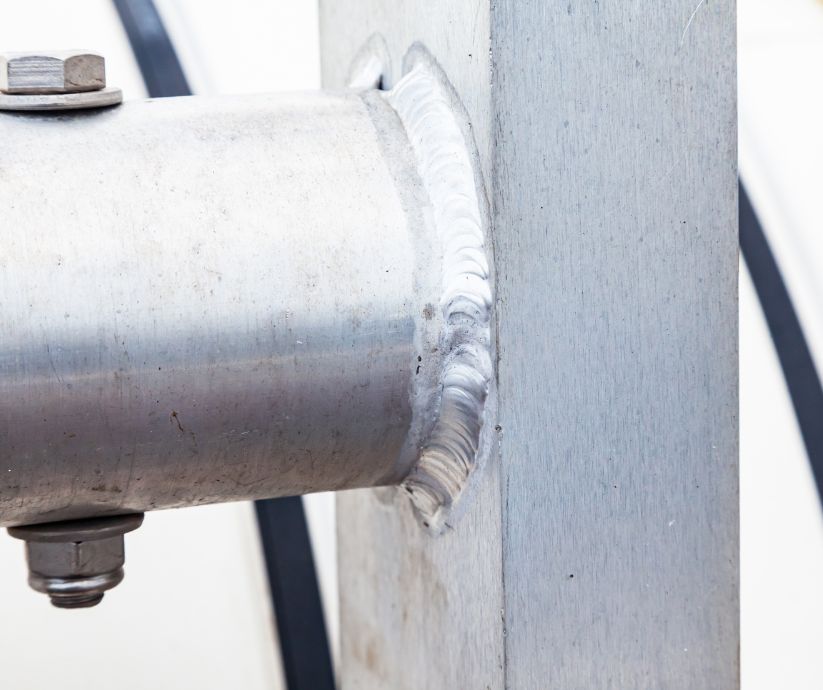
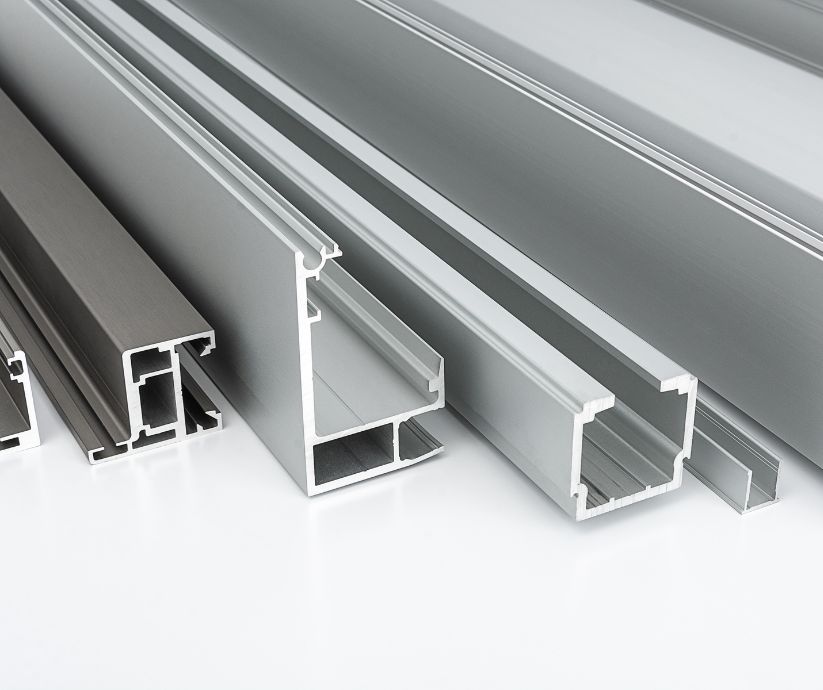
HECO Engineers’ Expertise in Aluminum Structural Design
Our team at HECO Engineers brings a wealth of experience and technical expertise to each aluminum project. We perform in-depth assessments of each design’s performance, ensuring compliance with regulatory standards and alignment with our clients’ objectives. Our expertise allows us to navigate complex code requirements and industry standards, creating aluminum structures that meet rigorous safety, performance, and sustainability criteria.
Tailored Solutions for Every Project
HECO Engineers approaches each aluminum design project with a commitment to customization, adapting our designs to meet the specific needs of our clients. From commercial buildings and pedestrian walkways to complex modular systems, we create solutions that are efficient, durable, and aligned with aesthetic goals.
By choosing HECO Engineers for structural aluminum design, clients benefit from innovative, sustainable engineering solutions that not only meet immediate needs but also support long-term sustainability and functionality.
FAQ’s
What are the main advantages of using aluminum over steel in structural design?
What types of structures are best suited for aluminum design?
What are the typical maintenance requirements for aluminum structures?
Can aluminum be used for load-bearing structures?
How does aluminum compare to other materials in terms of aesthetics?
Would you like to explore more topics related to HECO Engineers?

WATER

WASTEWATER

ELECTRICAL

MUNICIPAL

MECHANICAL

STRUCTURAL

LAND DEVELOPMENT


